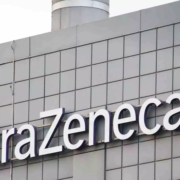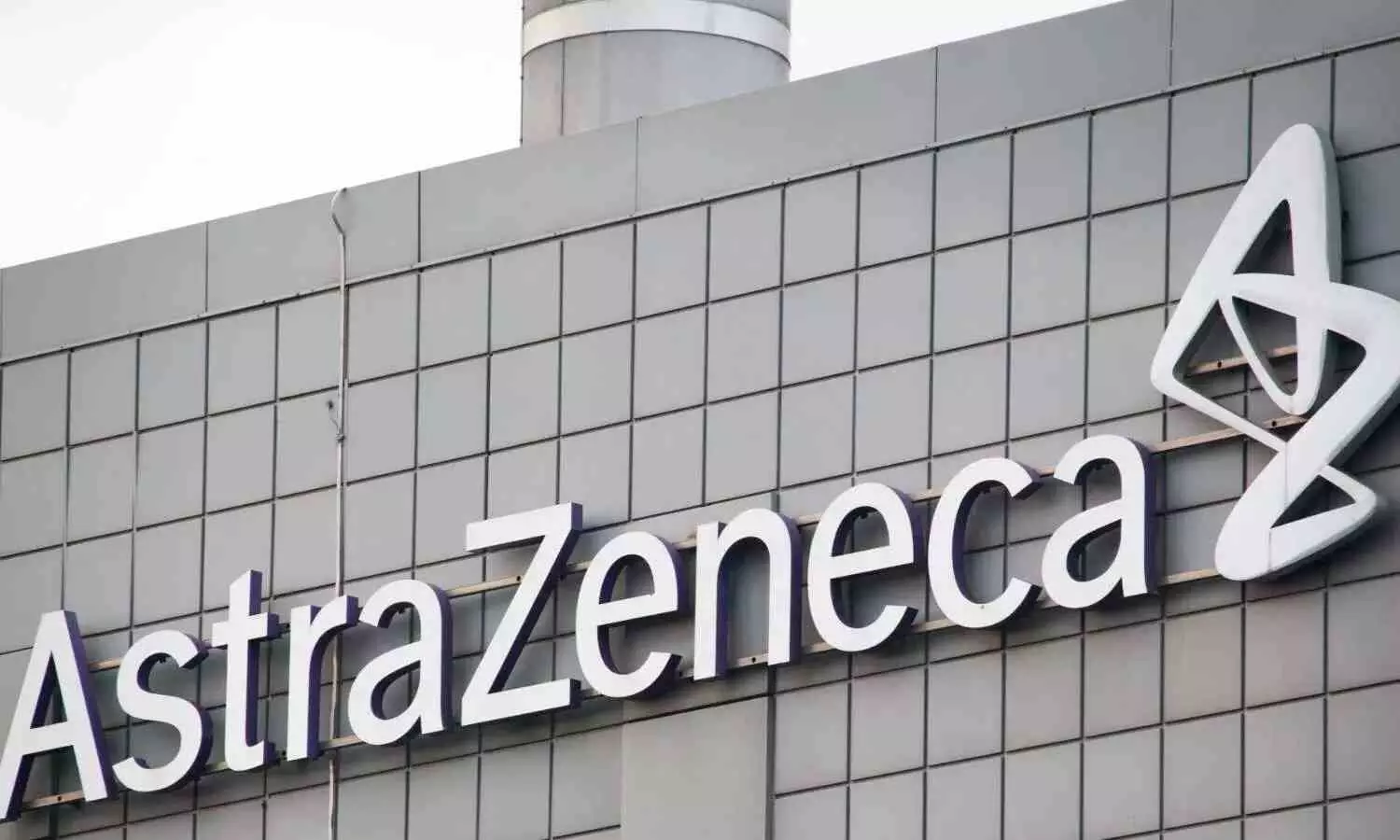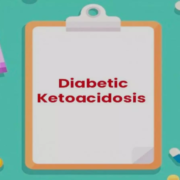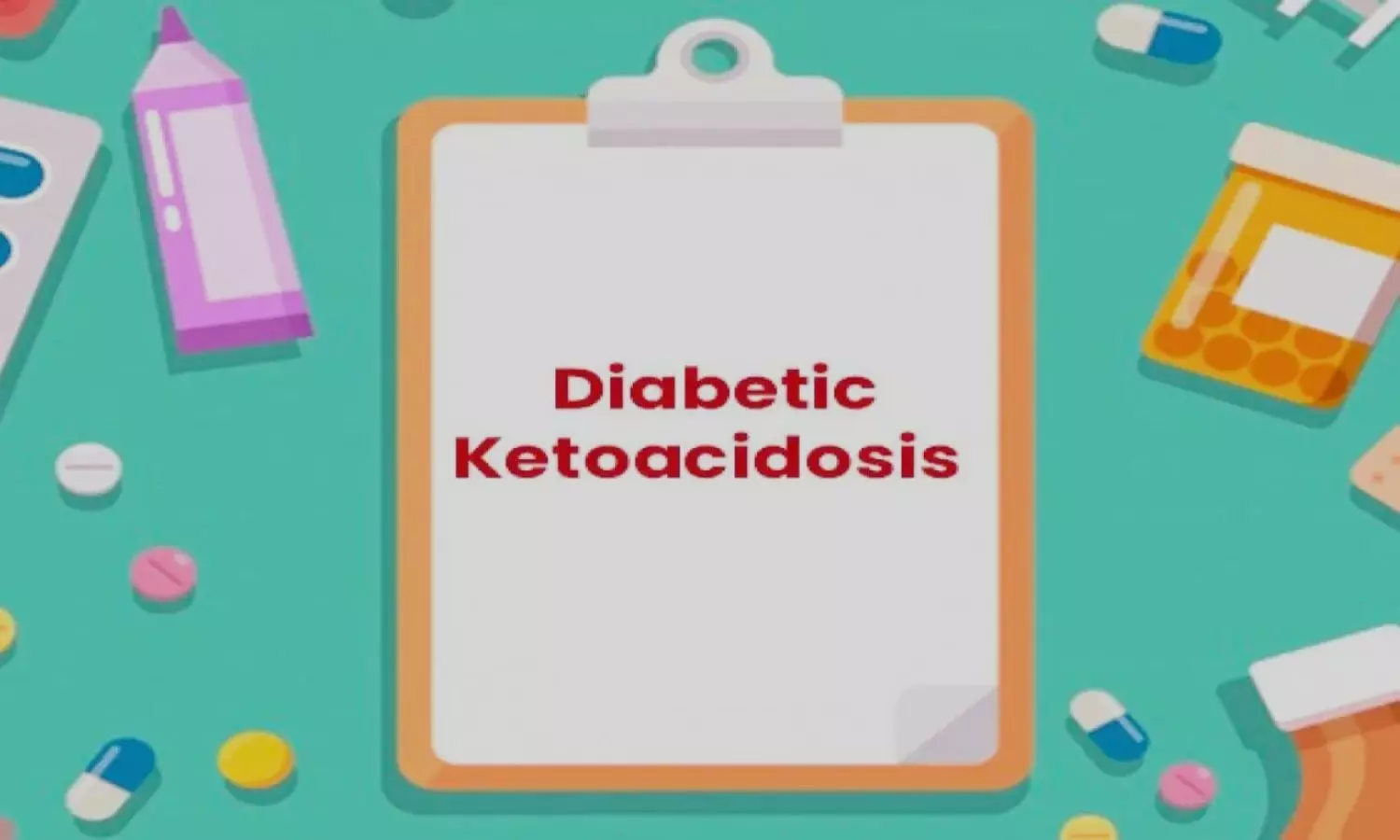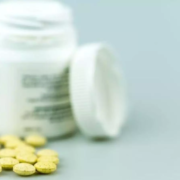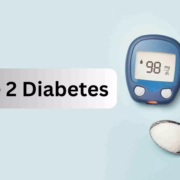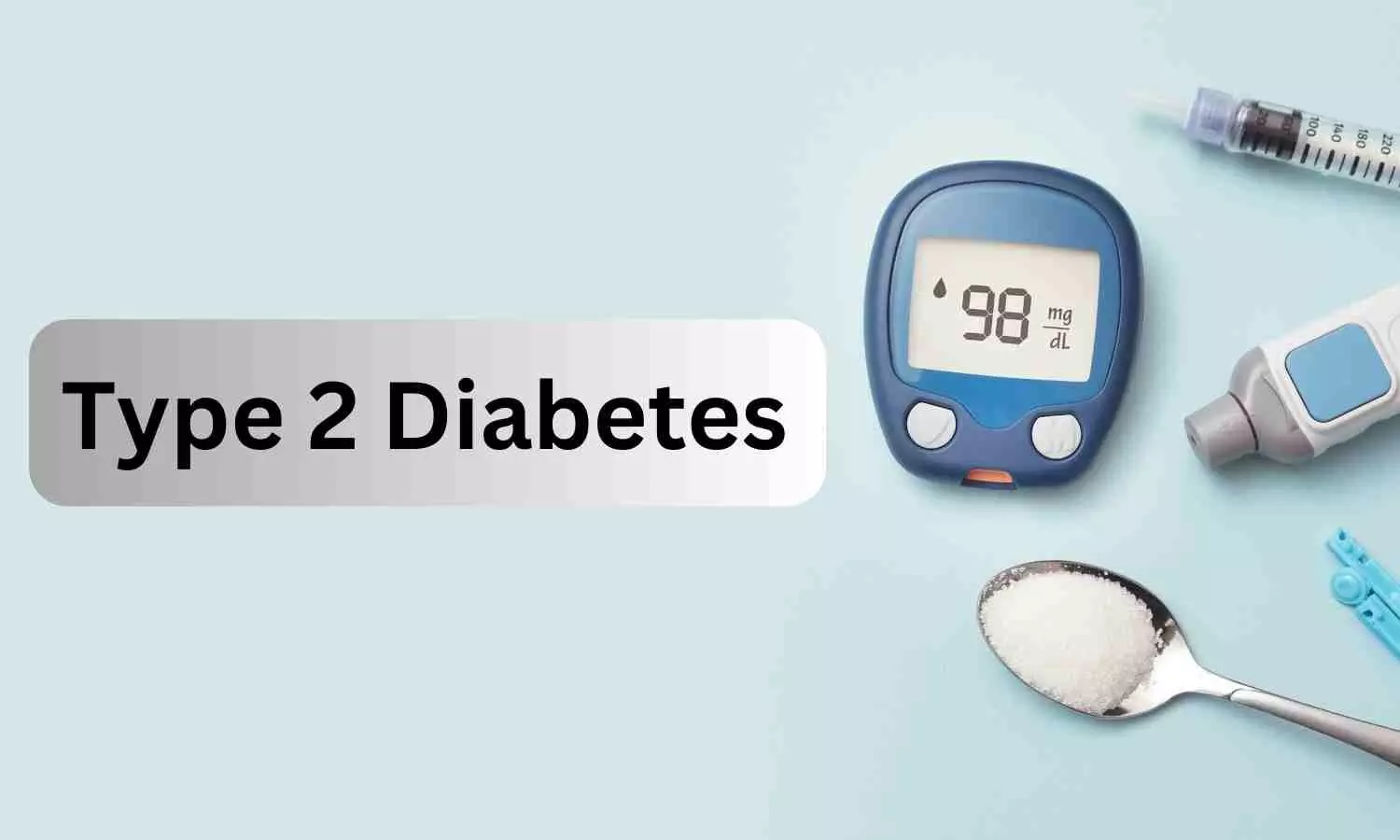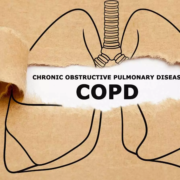The US Food and Drug Administration has approved dupilumab (Dupixent) as the first biologic treatment for adults with chronic obstructive pulmonary disease (COPD).
Dupixent is the first biologic medicine approved in the US to treat these patients.
Jean Wright, M.D. Chief Executive Officer at The COPD Foundation “People living with inadequately controlled COPD have long awaited new medicines to help manage the daily suffering they experience from breathlessness, coughing, wheezing, exhaustion and unpredictable hospitalization. These patients often struggle with everyday activities many people take for granted such as taking a walk or running errands outside the home. We welcome the approval of this new therapeutic option to offer patients a new way to help gain better control of their disease.”
Paul Hudson Chief Executive Officer at Sanofi “Dupixent has already shown it can revolutionize the treatment paradigm of many diseases driven in part by type 2 inflammation with high unmet medical needs, with one million patients being treated globally across all currently approved indications. With today’s approval, Dupixent once again paves the way and becomes the first and only approved add-on biologic medicine for inadequately controlled COPD, giving patients living with this devastating disease the chance to look forward to the potential of improved breathing and a life with fewer exacerbations.”
The FDA approval is based on data from two landmark pivotal phase 3 studies (BOREAS and NOTUS) that evaluated the efficacy and safety of Dupixent compared to placebo in adults currently on maximal standard-of-care inhaled therapy (nearly all on triple therapy) with inadequately controlled COPD and blood eosinophils ≥300 cells per μL. Patients who received Dupixent in BOREAS (n=468) and NOTUS (n=470) experienced the following outcomes, respectively, compared to placebo (BOREAS n=471; NOTUS n=465):
- 30% and 34% reduction in the annualized rate of moderate or severe COPD exacerbations over 52 weeks, the primary endpoint.
- 74mL and 68mL numerically greater improvements in post-bronchodilator FEV1 from baseline at week 12 compared to placebo, sustained at 52 weeks. Statistically significant improvements of similar magnitude were observed in pre-bronchodilator FEV1 from baseline at 12 and 52 weeks, a key secondary endpoint.
- 51% response in a health-related quality of life measure in both trials compared to 43% and 47% with placebo at 52 weeks, as assessed by a 4-point improvement on the St. George’s Respiratory Questionnaire (SGRQ).
Safety results in both studies were generally consistent with the known safety profile of Dupixent in its approved indications. In pooled BOREAS and NOTUS data, the most common adverse events (>2%) more frequently observed in patients on Dupixent compared to placebo were viral infection, headache, nasopharyngitis, back pain, diarrhea, arthralgia, urinary tract infection, local administration reaction, rhinitis, eosinophilia, toothache, and gastritis. While less common, cholecystitis was reported in 0.6% of patients on Dupixent compared to 0.1% of patients on placebo.
George D. Yancopoulos, M.D., Ph.D .Board Co-Chair, President and Chief Scientific Officer at Regeneron “This latest FDA approval for Dupixent represents new hope for the hundreds of thousands of COPD patients in the US who can sometimes struggle just to breathe during their everyday lives. Dupixent has a proven track record as a first-in-class medicine, providing benefit to the many patients suffering from type 2 inflammatory related diseases such as asthma and atopic dermatitis. This latest approval represents an important next chapter for Dupixent, giving those with COPD a novel option that has demonstrated the unprecedented ability to help patients experience fewer exacerbations, while also helping them breathe better and improve quality of life in phase 3 studies.”
The FDA evaluated Dupixent under Priority Review, which is reserved for medicines that represent potentially significant improvements in efficacy or safety in treating serious conditions. In July 2024, Sanofi and Regeneron announced that the European Medicines Agency approved Dupixent as an add-on maintenance treatment for adults with uncontrolled COPD characterized by raised blood eosinophils. Submissions are currently under review with other regulatory authorities around the world, including in Japan.
About COPD
COPD is a respiratory disease that damages the lungs and causes progressive lung function decline and is the fourth leading cause of death worldwide. Symptoms include persistent cough, excessive mucus production and shortness of breath that may impair the ability to perform routine daily activities, which may lead to sleep disturbances, anxiety, and depression. COPD is also associated with a significant health and economic burden due to recurrent acute exacerbations that require systemic corticosteroid medicine and/or antibiotics. Smoking and exposure to noxious particles are key risk factors for COPD, but even individuals who quit smoking can still have progressive lung disease.
About half of COPD patients continue to experience exacerbations despite being on triple inhaled therapy. In the US, approximately 300,000 people live with inadequately controlled COPD and an eosinophilic phenotype. Patients with an eosinophilic phenotype contribute to an ~30% increase in exacerbations and an increased risk of COPD-related re-hospitalizations within a year.
About the Dupixent COPD phase 3 study program
BOREAS and NOTUS were replicate, randomized, phase 3, double-blind, placebo-controlled studies that evaluated the efficacy and safety of Dupixent in adults who were current or former smokers with moderate-to-severe COPD with an eosinophilic phenotype, as defined by blood eosinophils ≥300 cells per µL. The studies included adults with COPD across a broad range of clinical presentations, including those with chronic bronchitis and emphysema. The studies enrolled 1,874 patients who were aged 40 to 80 years in BOREAS and 40 to 85 years in NOTUS.
During the 52-week treatment period, patients in BOREAS and NOTUS received Dupixent or placebo every two weeks added to a maximal standard-of-care inhaled triple therapy of ICS, LABA and LAMA. Double maintenance therapy, which included LABA and LAMA, was allowed if ICS was not appropriate.
The primary endpoint for BOREAS and NOTUS evaluated the annualized rate of acute moderate or severe COPD exacerbations. Key secondary endpoints included change from baseline in lung function (assessed by pre-bronchodilator forced expiratory volume [FEV1]) at 12 and 52 weeks, change from baseline at 52 weeks in SGRQ total score compared to placebo, and safety.
The results of both BOREAS and NOTUS were separately published in The New England Journal of Medicine.
About Sanofi and Regeneron’s COPD Clinical Research Program
Sanofi and Regeneron are motivated to transform the treatment paradigm of COPD by examining the role different types of inflammation play in the disease progression through Dupixent, a first-in-class biologic, and the investigation of itepekimab.
Dupixent inhibits the signaling of the interleukin-4 (IL4) and interleukin-13 (IL13) pathways and the program focuses on a specific population of people with evidence of type 2 inflammation. Itepekimab is a fully human monoclonal antibody that binds to and inhibits interleukin-33 (IL33), an initiator and amplifier of broad inflammation in COPD.
Itepekimab is currently under clinical investigation for COPD in two phase 3 studies and its safety and efficacy have not been evaluated by any regulatory authority.
About Dupixent
Dupixent is a fully human monoclonal antibody that inhibits the signaling of the IL4 and IL13 pathways and is not an immunosuppressant. The Dupixent development program has shown significant clinical benefit and a decrease in type 2 inflammation in phase 3 studies, establishing that IL4 and IL13 are two of the key and central drivers of type 2 inflammation that play a major role in multiple related and often co-morbid diseases.
Sanofi and Regeneron are committed to helping patients in the US who are prescribed Dupixent gain access to the medicine and receive the support they may need with the DUPIXENT MyWay® program.
Dupixent has received regulatory approvals in more than 60 countries in one or more indications including certain patients with atopic dermatitis, asthma, chronic rhinosinusitis with nasal polyps, eosinophilic esophagitis, prurigo nodularis, chronic spontaneous urticaria, and COPD in different age populations. More than 1,000,000 patients are being treated with Dupixent globally.








